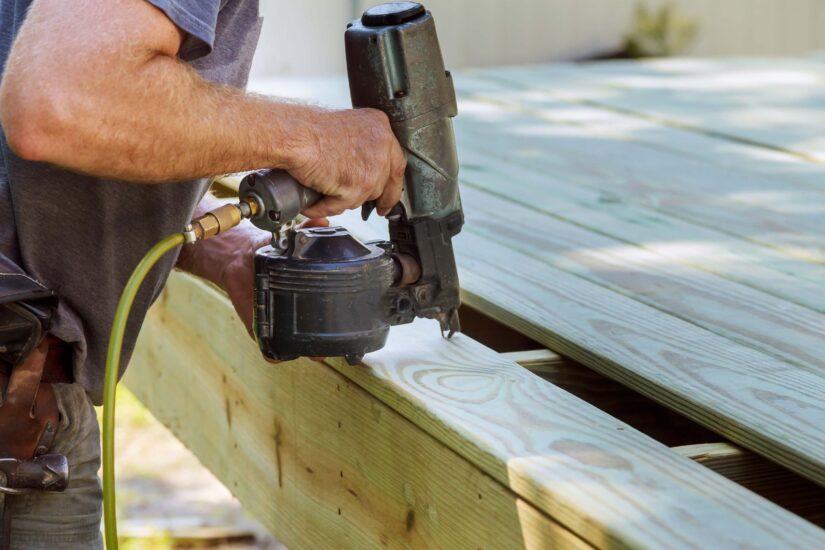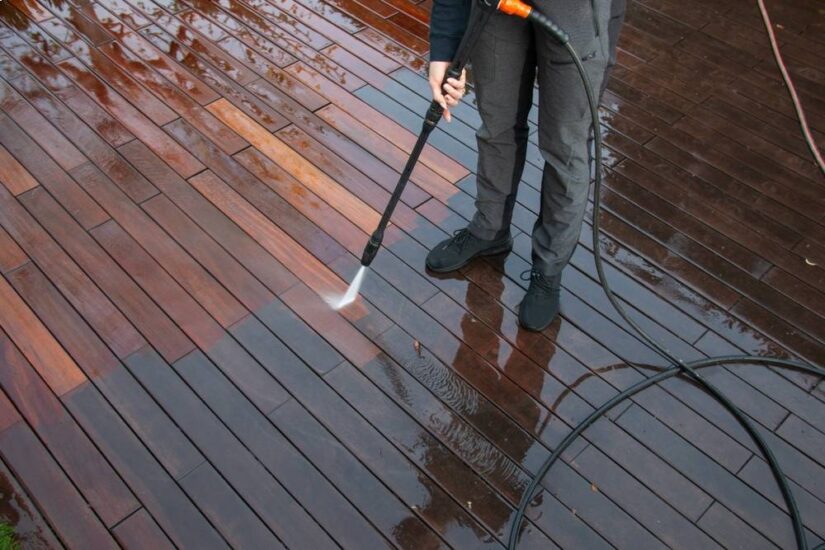
When considering adding a hot tub or outdoor kitchen to your existing deck, the most important question is whether the deck can safely support the added weight and structural demands. Many decks are not designed to carry the heavy loads of a filled hot tub or the additional weight of outdoor kitchen equipment, which can easily exceed several thousand pounds. Ignoring this can lead to serious safety issues and costly damage.
To know if your deck is up to the task, you must evaluate its current condition, materials, and how it was originally built. This often requires consulting with a structural engineer or contractor who can assess the load-bearing capacity and recommend reinforcements if needed.
Understanding these factors helps avoid guesswork and ensures you create a safe, functional space that can handle any upgrades. This article guides you through what to look for and how to prepare your deck before making any big additions.
Determining If Your Deck Can Support a Hot Tub or Outdoor Kitchen
Understanding Deck Weight Capacity
Deck weight capacity refers to the total load the structure can support, usually measured in pounds per square foot (psf). Residential decks are often built for live loads around 40 psf, mainly for people and furniture. Hot tubs and outdoor kitchens carry much greater loads, often exceeding 100 psf once filled with water, equipment, or appliances.
You need to calculate the total expected weight, including water weight (approximately 8.34 lbs per gallon for hot tubs), occupants, and the unit’s structure. Comparing this to the deck’s rated capacity gives a clear picture of safety. Consulting engineering plans or a structural professional ensures accuracy.
Evaluating Factors That Influence Deck Strength
Several factors affect a deck’s ability to support heavy additions:
- Age and Condition: Older decks may have weakened beams, joists, or connections due to weather or wear.
- Materials: Pressure-treated wood, composite, or metal components differ in strength and resilience.
- Joist Spacing and Size: Joists spaced 16″ apart are stronger than those 24″ apart; larger joists bear more weight.
- Support Posts and Foundation: Posts should be no more than 30″ apart with a solid foundation, often concrete, to prevent sagging.
The deck’s original design load often does not account for concentrated weight like hot tubs. Reinforcements may be necessary to meet these demands.
Identifying Signs of Overloading or Structural Issues
Watch for visible signs indicating the deck may be overstressed:
- Sagging or Bowing: Floors or joists bending under weight.
- Cracks or Splits: In beams, posts, or deck boards suggesting stress or rot.
- Loose or Rusty Fasteners: Nails or screws failing to hold joints firmly.
- Movement or Unusual Sounds: Deck shifting or creaking when weight is added.
If any of these signs appear, the risk of installing heavy equipment increases significantly. Immediate inspection by a qualified professional helps prevent failure.
Ensuring Deck Safety for Heavy Additions
To support heavy installations like hot tubs or outdoor kitchens, a thorough evaluation of the deck’s structure is essential. You must confirm that the deck’s framing, joists, and footings can handle increased loads and identify necessary reinforcements to maintain safety.
Inspection and Assessment Procedures
First, conduct a detailed visual inspection of the deck’s posts, beams, joists, and fasteners. Check for signs of rot, corrosion, or damage that could weaken the structure. Assessing the spacing and size of joists is vital since many decks with wider spacing or undersized framing cannot bear heavy concentrated loads safely.
Next, calculate the deck’s load capacity based on local building codes and standards, considering both live loads (people, furniture) and dead loads (deck materials, added equipment). Also, examine the footings to ensure they are deep and wide enough to distribute the added weight properly.
Deck Reinforcement Methods
When reinforcement is necessary, focus on adding additional support where the load will concentrate. This often means installing extra joists no more than 16 inches apart under the hot tub or kitchen area.
We also install blocking between joists to reduce movement and improve load distribution. Strengthening beams and posts by sistering or replacing weakened components helps maintain overall stability. Upgrading footings with concrete piers or footings is essential for elevated decks supporting heavy equipment.
Services Offered by Got Rot
Got Rot specializes in deck inspections tailored to heavy load requirements. We evaluate structural elements for deterioration and compliance with safety standards using thorough, hands-on assessments.
Our team offers customized reinforcement solutions, including joist installation, beam reinforcement, and footing upgrades, to ensure your deck is ready for demanding additions. We provide detailed reports and recommendations, so you can proceed with confidence when installing a hot tub or outdoor kitchen.

Long-Term Deck Care and Maintenance
To keep your deck safe for heavy loads like hot tubs or outdoor kitchens, consistent care and targeted upkeep are essential. Protecting its integrity involves managing everyday cleanliness and preventing long-term wear that could compromise the structure.
Routine Maintenance Tips
You should regularly sweep leaves, dirt, and debris off the deck surface to prevent mold and mildew buildup. Washing the deck with mild soap and water every few months removes stains and surface contaminants without damaging the materials.
Periodic inspection for loose or damaged boards, nails, and railings helps you catch risks early. It’s also important to reseal or stain the wood every 1-3 years to protect against moisture and UV damage, which prolongs durability.
Using deck-friendly cleaners and avoiding power washers on older wood prevents splintering and erosion. Proper drainage and airflow beneath the deck support drying and prevent rot.
Preventing Structural Wear Over Time
Regularly checking joists, beams, and posts for signs of rot, insect damage, or warping is critical to maintain load capacity. You should ensure that support posts remain securely anchored in poured concrete or solid footings to prevent shifting.
Adding engineered support, such as additional posts spaced no more than 30 inches apart, helps distribute heavy weights. Avoiding concentrated loads in one area reduces stress on individual components.
Seasonal inspections after winter or heavy storms allow you to address water damage or foundation settling early. Keeping gutters and downspouts clear also prevents water pooling near structural supports, which accelerates decay.